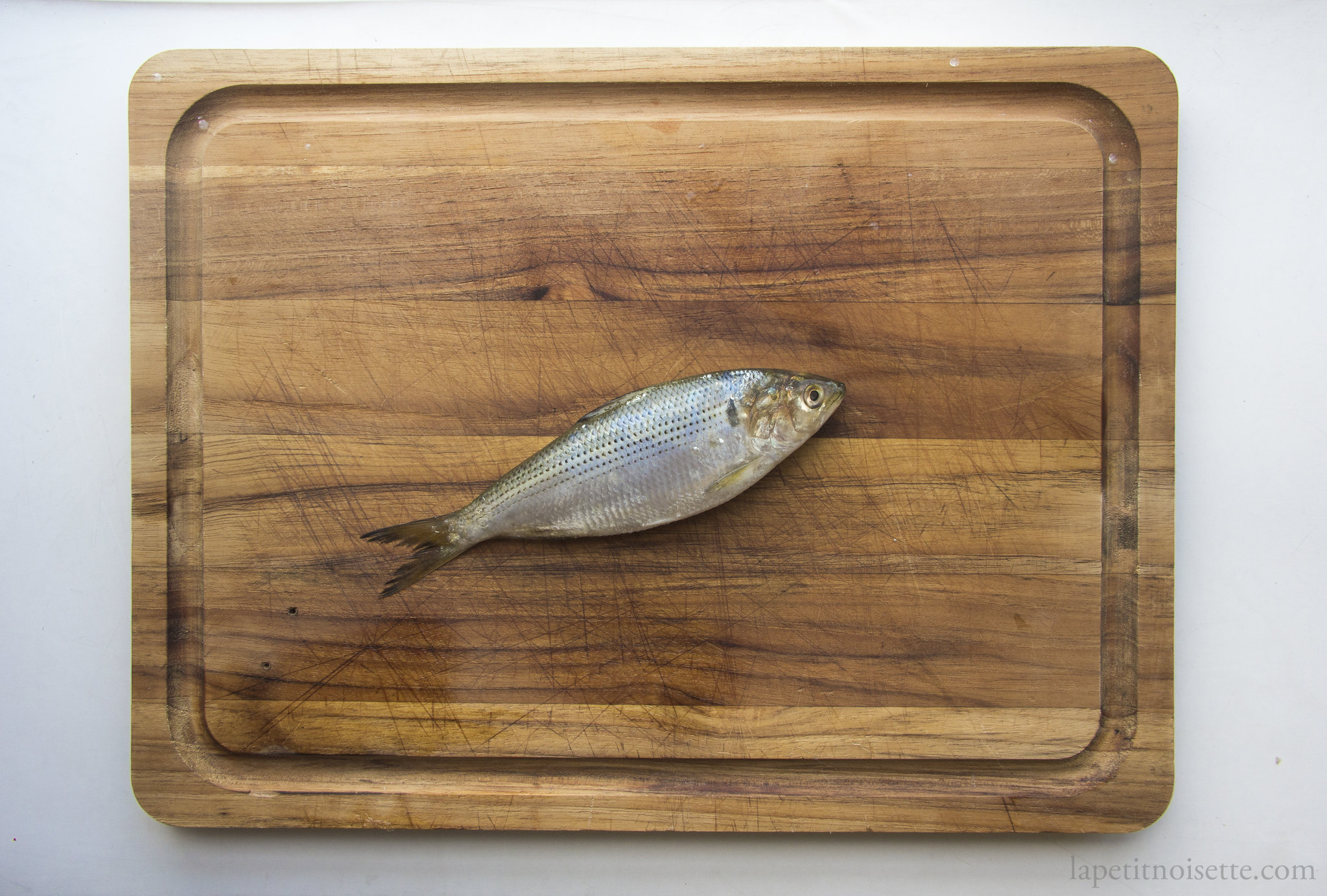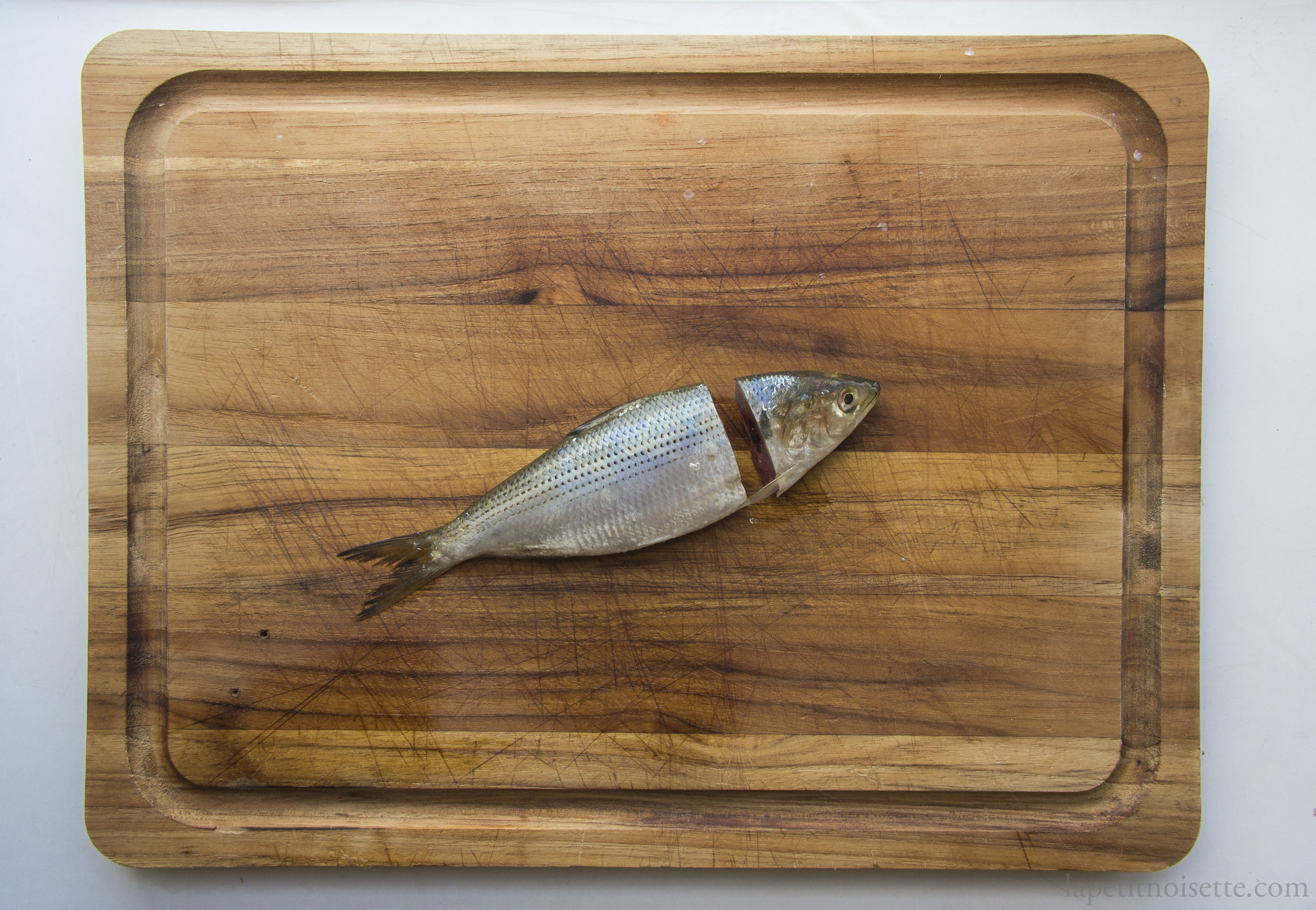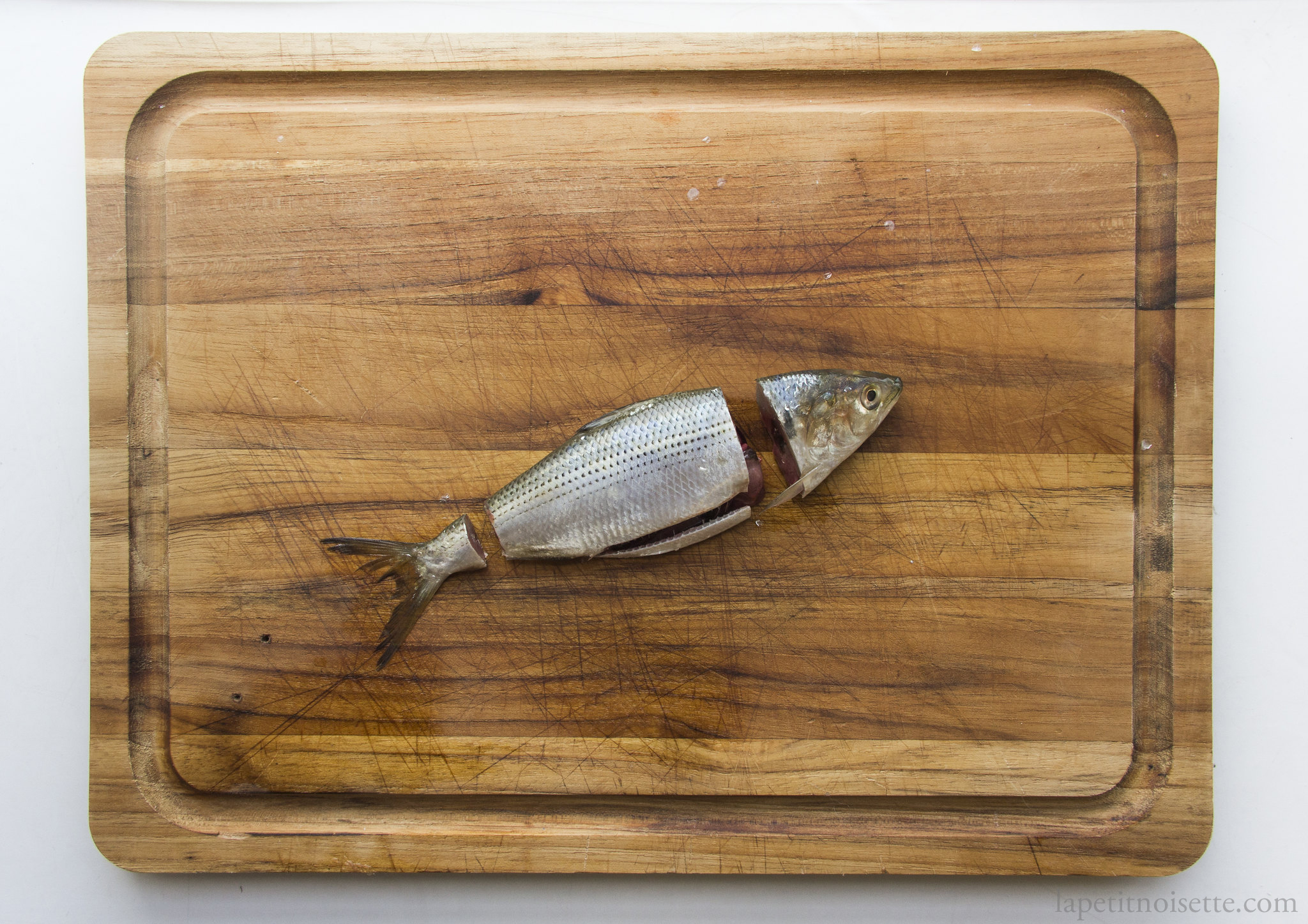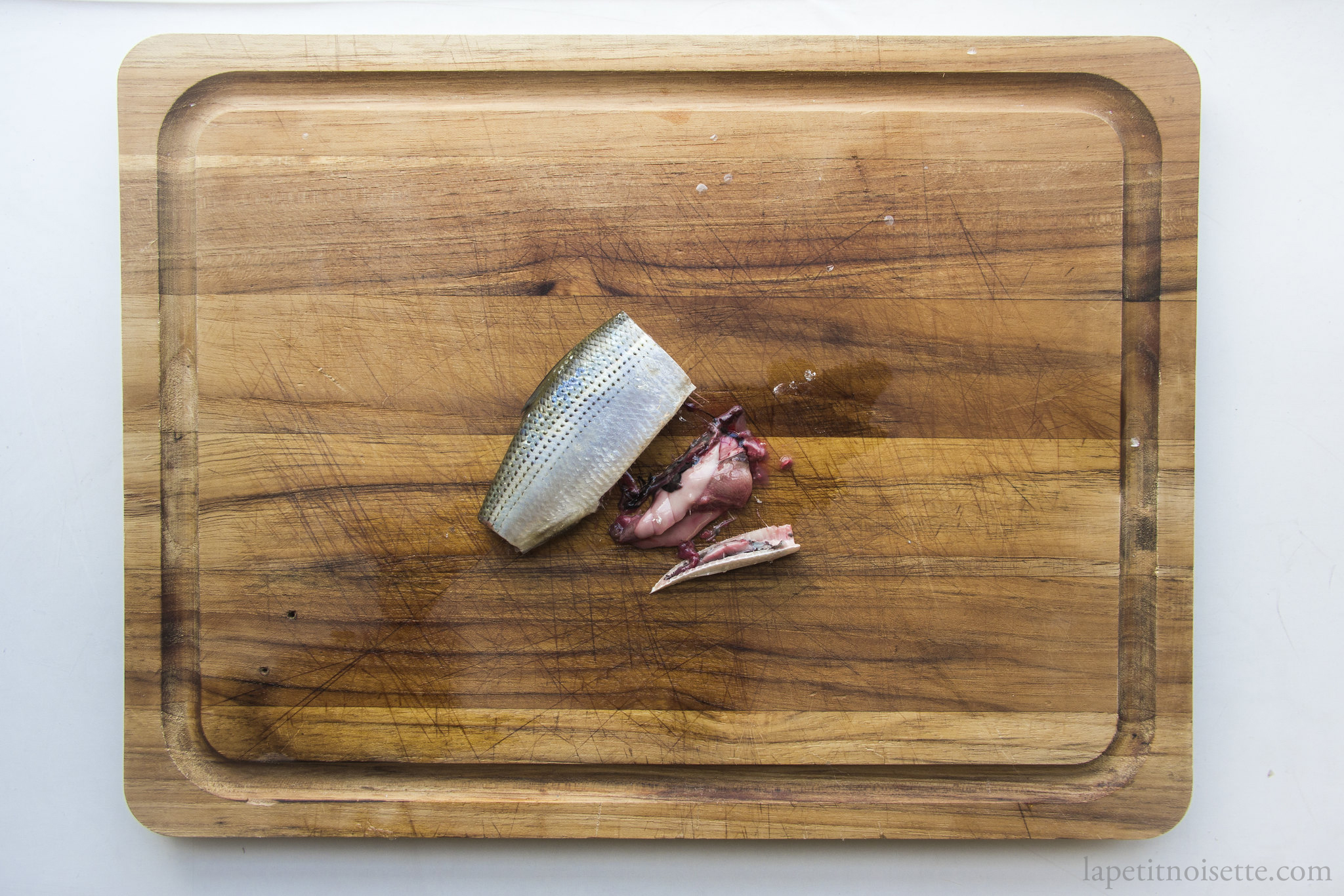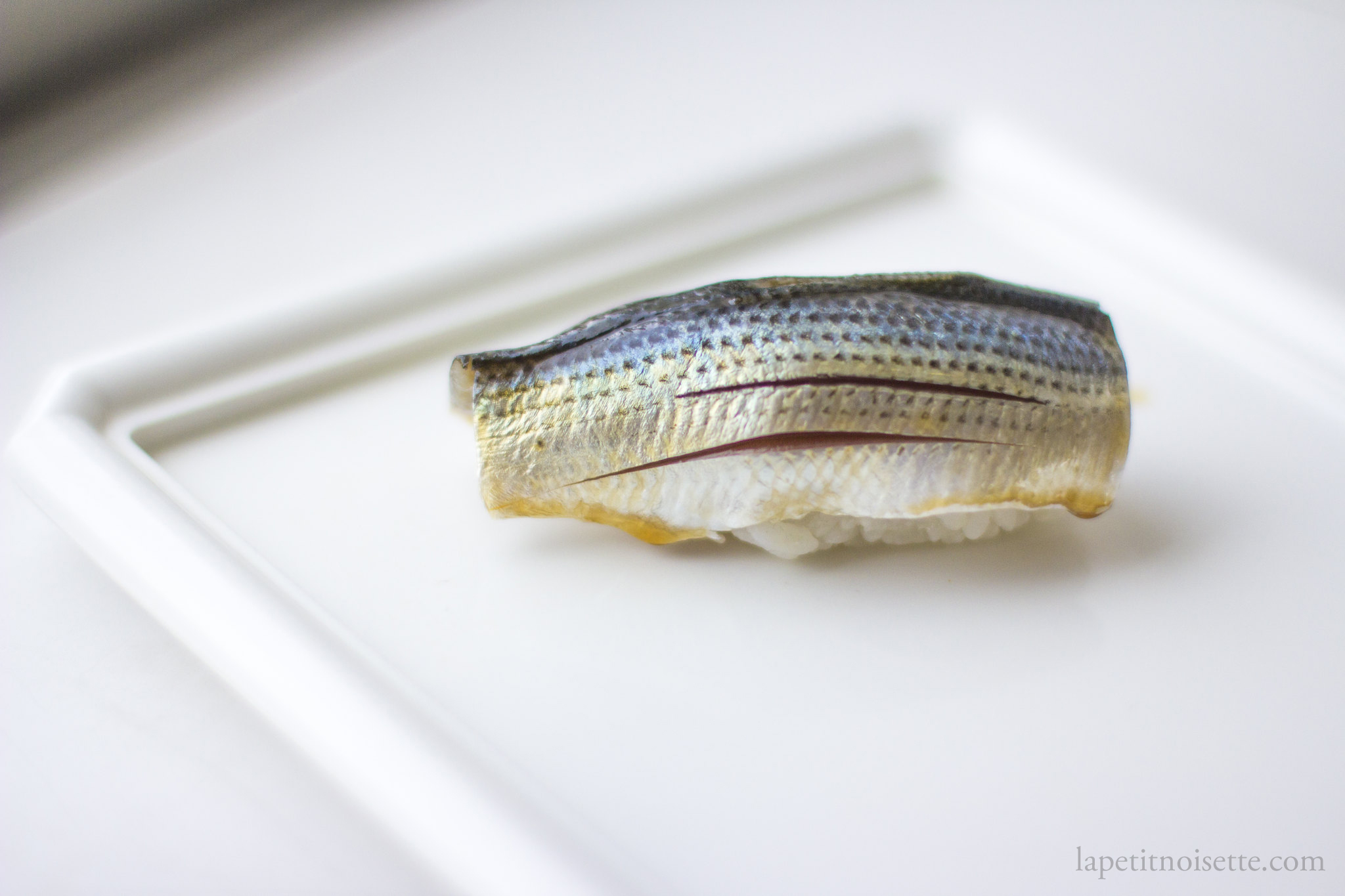
Kohada, (コハダ) or Gizzard Shad (Konosirus punctatus), is a kind of silver skinned fish (hikarimono,光り物) that is typically served at traditional edomae sushi restaurants in Japan. It belongs in the Clupeidae family which is the same family as herring and sardines, which means that it is an oily fish. Due to the fatty nature of this fish, it is usually salted and pickled before being served as nigiri.
As Japan is a long island, Kohada is available year round as the climate along the coast of Japan varies enough that Kohada is in season and can always be caught somewhere along the island. Kohada however, is best eaten during the winter months due to the accumulation of fat.
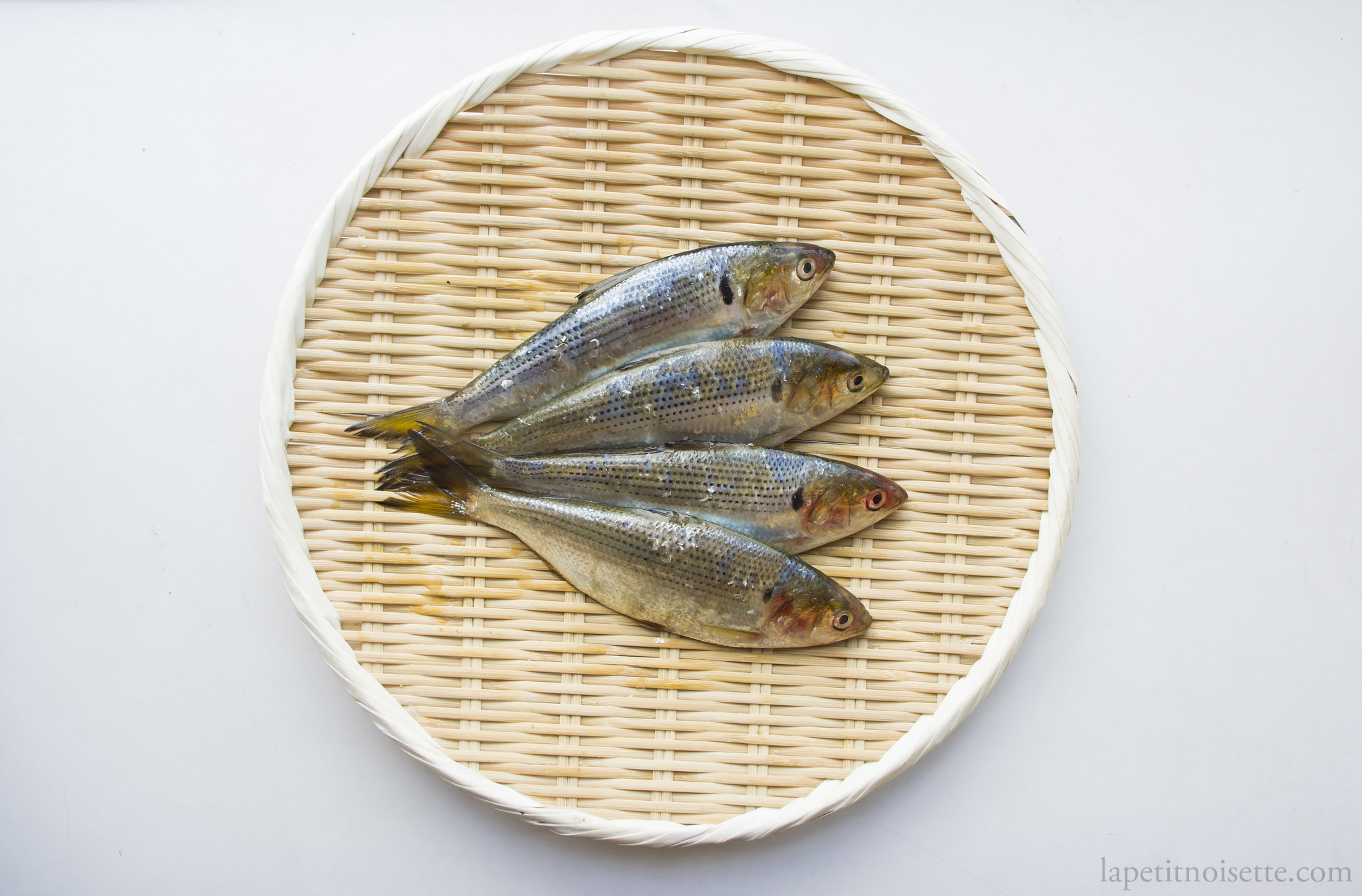
The actual name of this fish in Japanese in actually Konoshiro (このしろ/鮗), but is better known as Kohada, as it is typically called in the sushi trade. Konoshiro is actually one of those fishes that change name according to its size, from small to large:
- Shinko (しんこ)- 2 to 4 entire fishes per nigiri, extremely labour intensive
- Maruzuke Kohada (まるずけコハダ)- literally means small skin, one whole fish per nigiri, around 7cm in length
- Katamizuke Kohada (かたみずけコハダ)- one side of fish per nigiri, around 12cm in length
- Konoshiro (このしろ/鮗)- not used in nigiri, around 15cm in length
Shinko itself is also only available from June to August after the Konoshiro have spawned in April/May. It is extremely labour intensive to prepare as the fishes are tiny, whilst the stomach starts to “melt” extremely quickly as it goes bad really fast. As Shinko is also very thin with a large surface area, it only needs to be marinated for a short period of time (more on this later).
Kohada itself used to be known as the king of sushi among sushi makers before tuna started to become more famous. This idea is still held among traditional sushi chefs in Japan, and is the nigiri that sushi chefs make for each other to showcase their skill. This is due to the skill required to prepare the nigiri which not only includes judging the duration of salting and marinating in vinegar, but also the balance of the fish with the vinegar rice, all which depends on the fattiness and size of the fish.
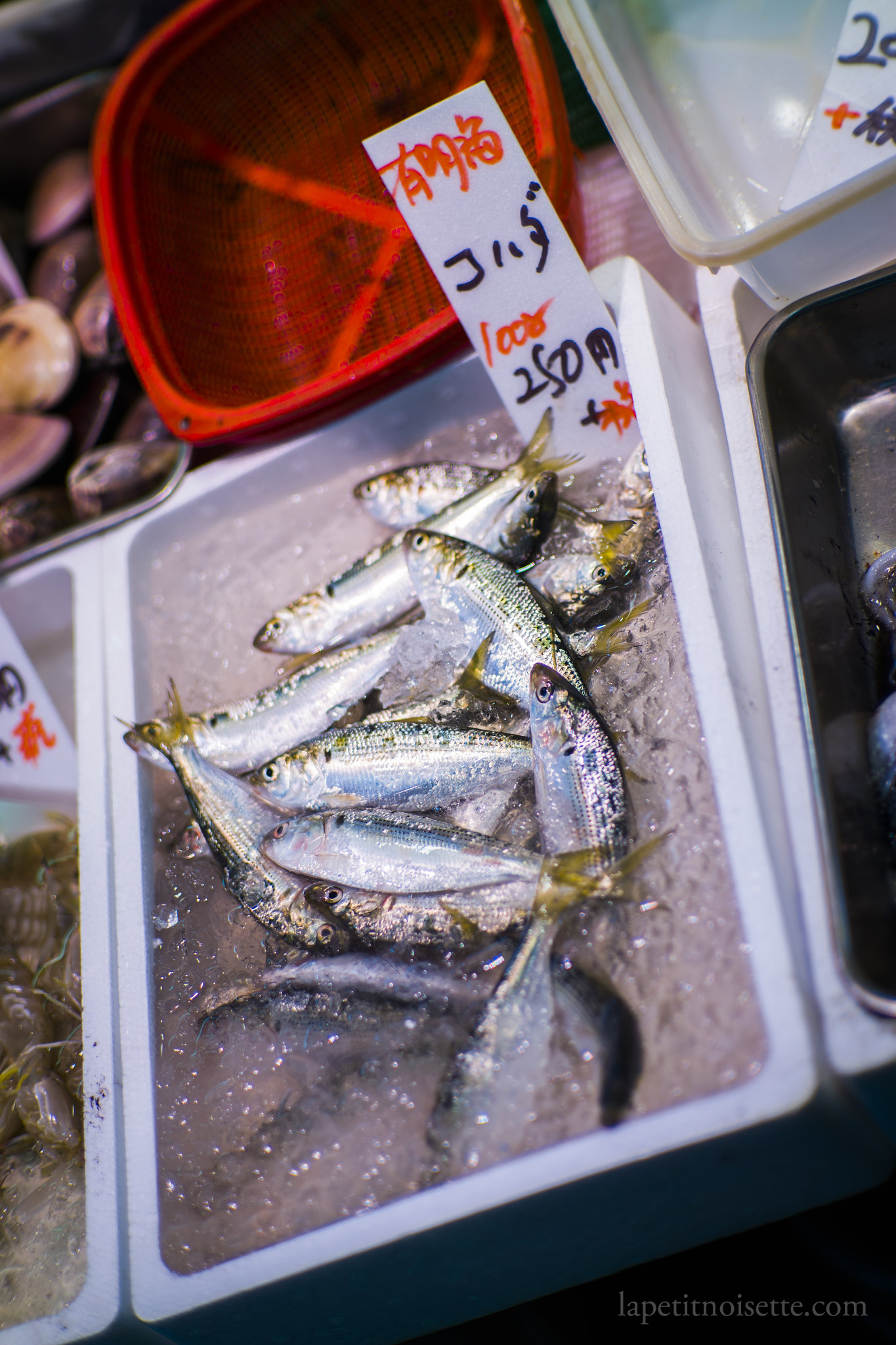
Marinating the fish in vinegar actually “cooks” the fillet as it starts to denature the proteins, which is why the flesh turns white. When putting together the nigiri, the tail end of the Kohada fillet is twisted to the side for presentation as to express liveliness. The pin bones of the Kohada are also not removed when making nigiri. This is alright as the bones are small enough to not be eaten. However, if the Kohada is large in size then you can score the fillet to help the bones feel less noticeable.
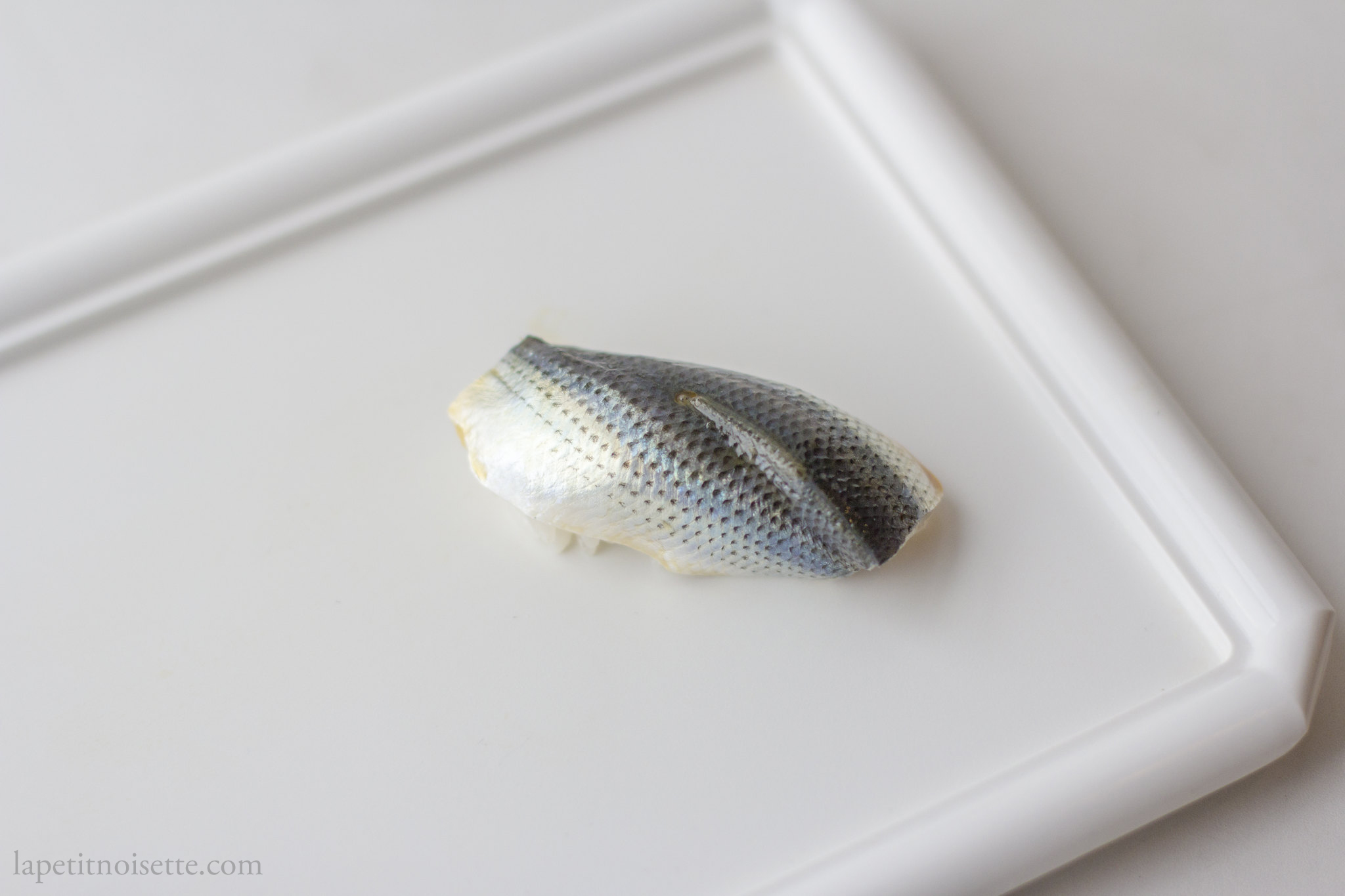
For Shinko, the fish does not need to be rested overnight before being ready to be consumed. If prepared in the morning, it is ready to eat by 6 to 7 in the evening.
Kohada Nigiri Recipe:
- First remove the fish the dorsal fin (the fin on the back) of the fish using a knife or scissors. (Using a scissors in unconventional and maybe sacrilegious in a sushi restaurant)
- Scrape off the scale with a tip of a knife. The scales are soft enough to not need a fish scaler.
- Cut off the head in one motion just behind the black dot on the fish.
- Cut off the edge of the belly and tail end.
- Remove the innards of the fish using your thumb or the edge of the knife.
- Insert the tip of the knife just above the spine and gently cut towards the tail without puncturing the skin on the back. Be very careful as its quite fragile.

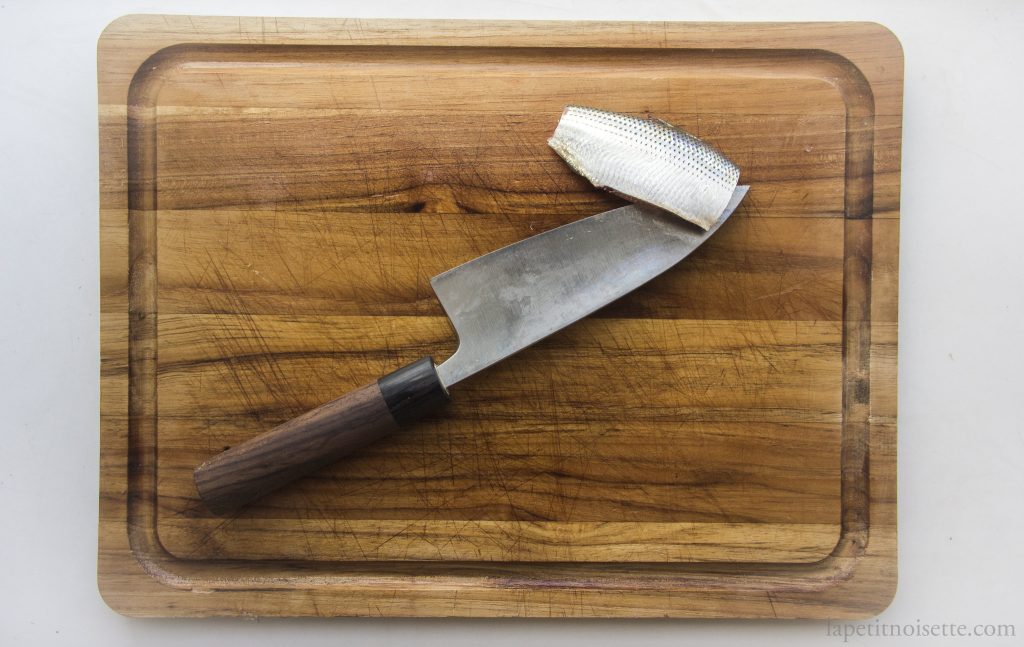
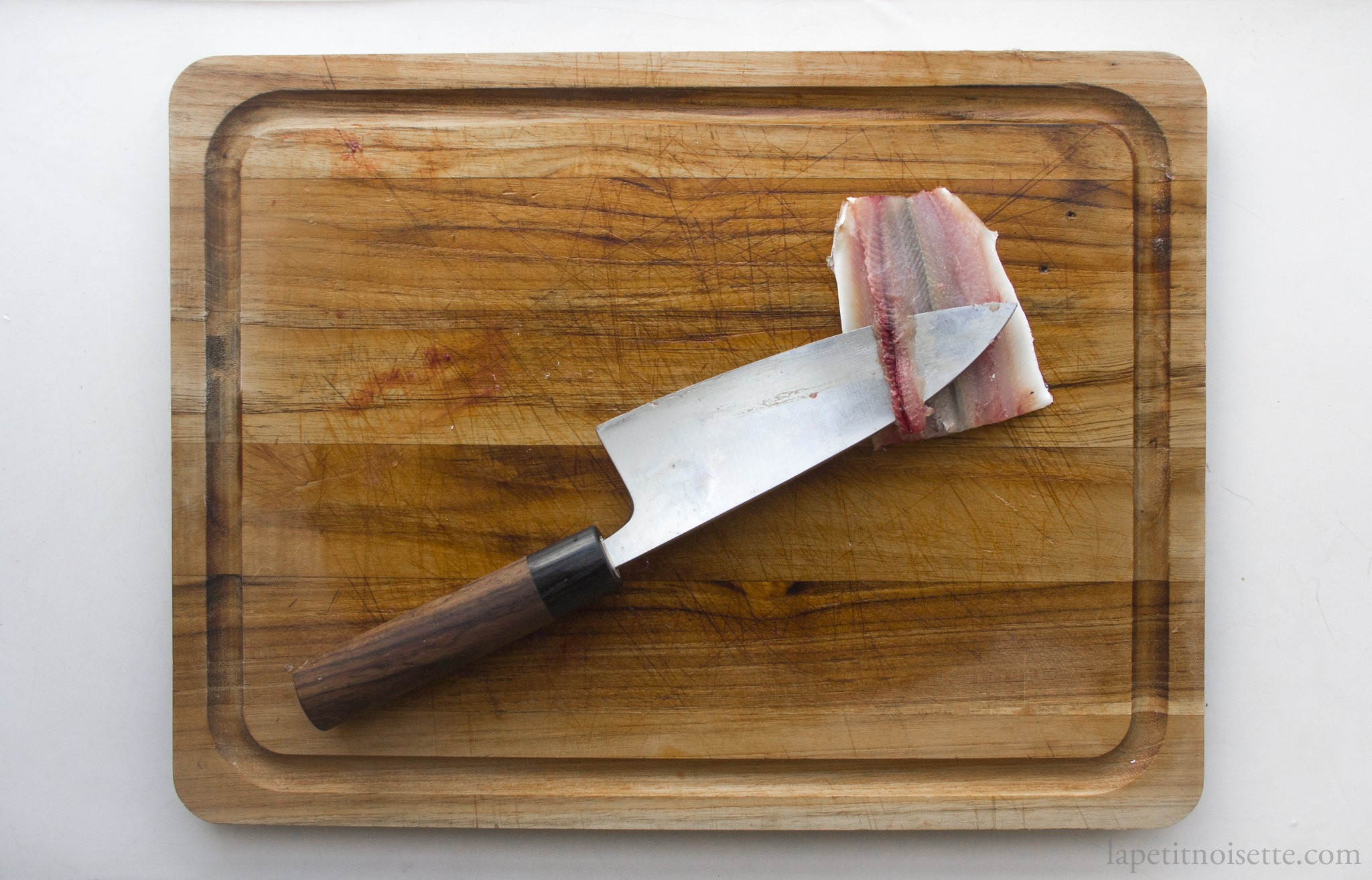
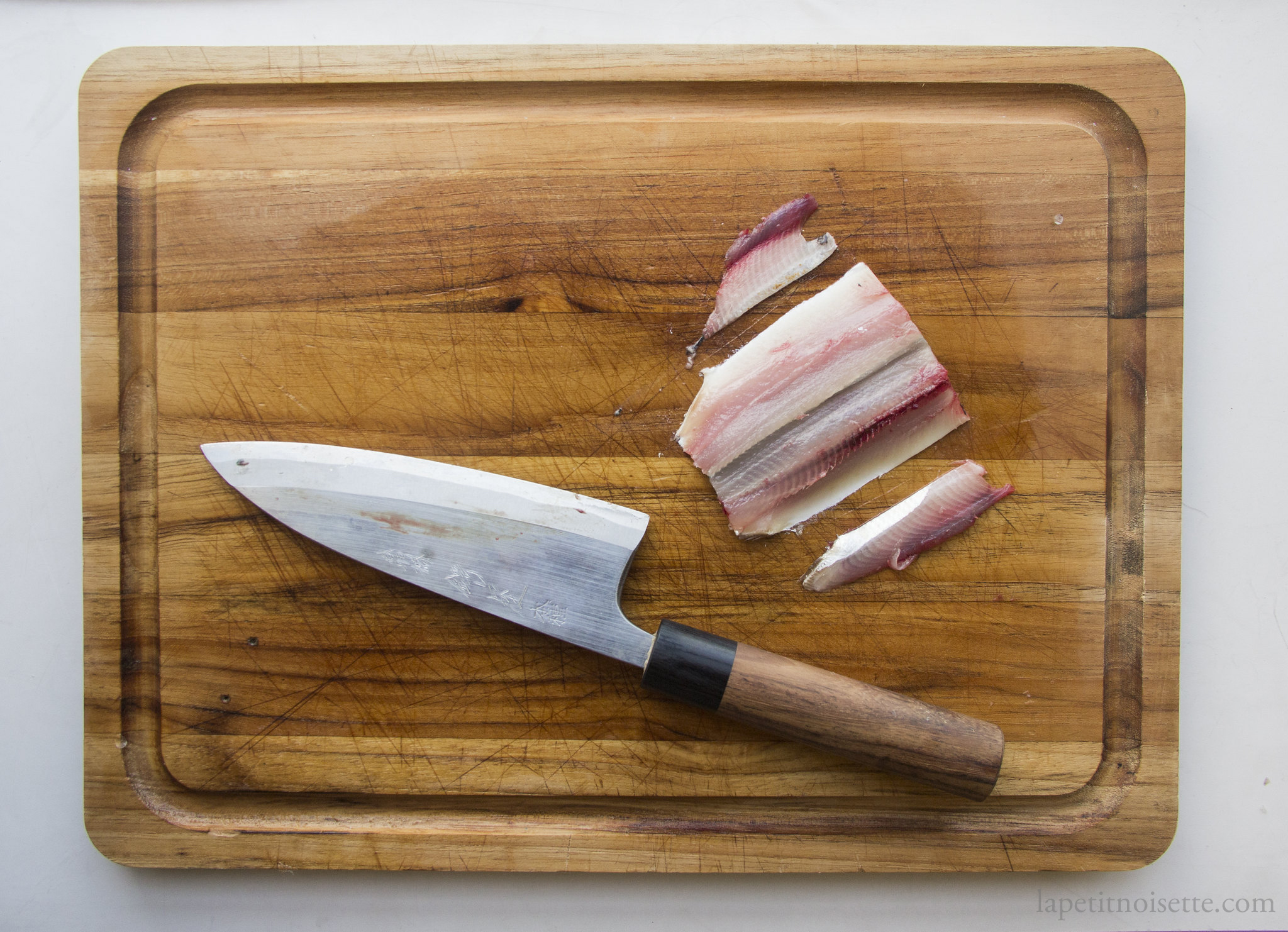
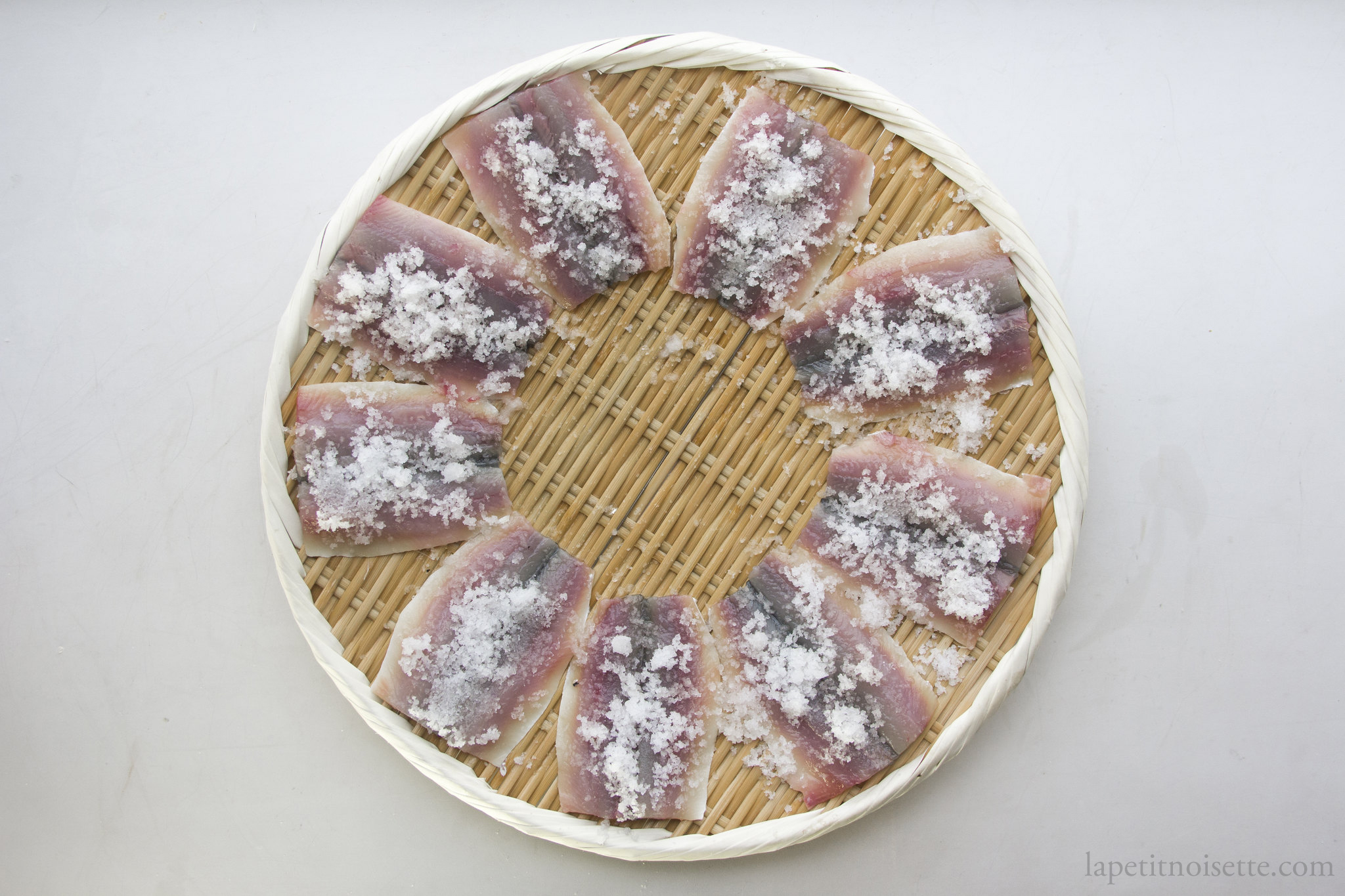
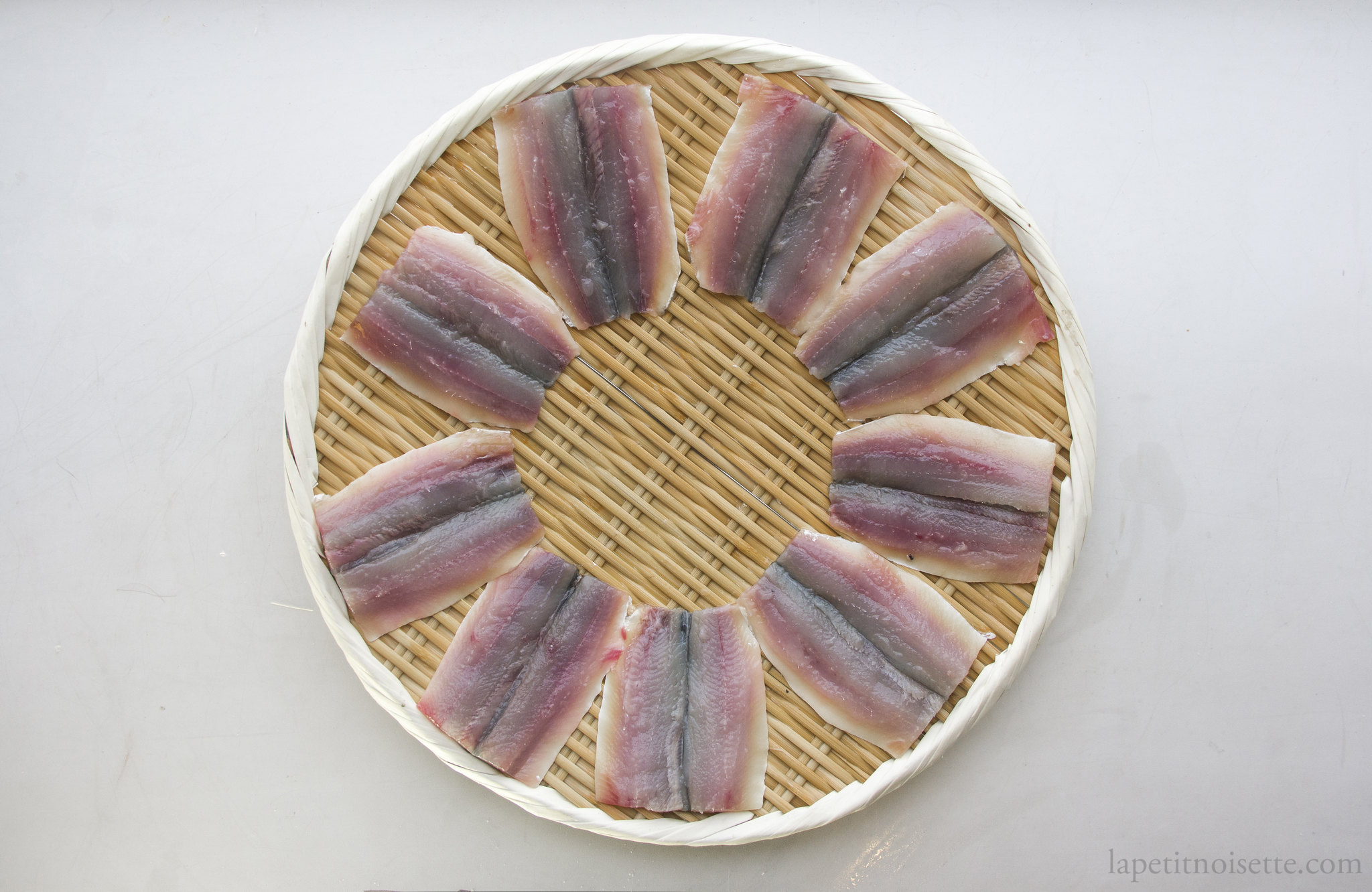
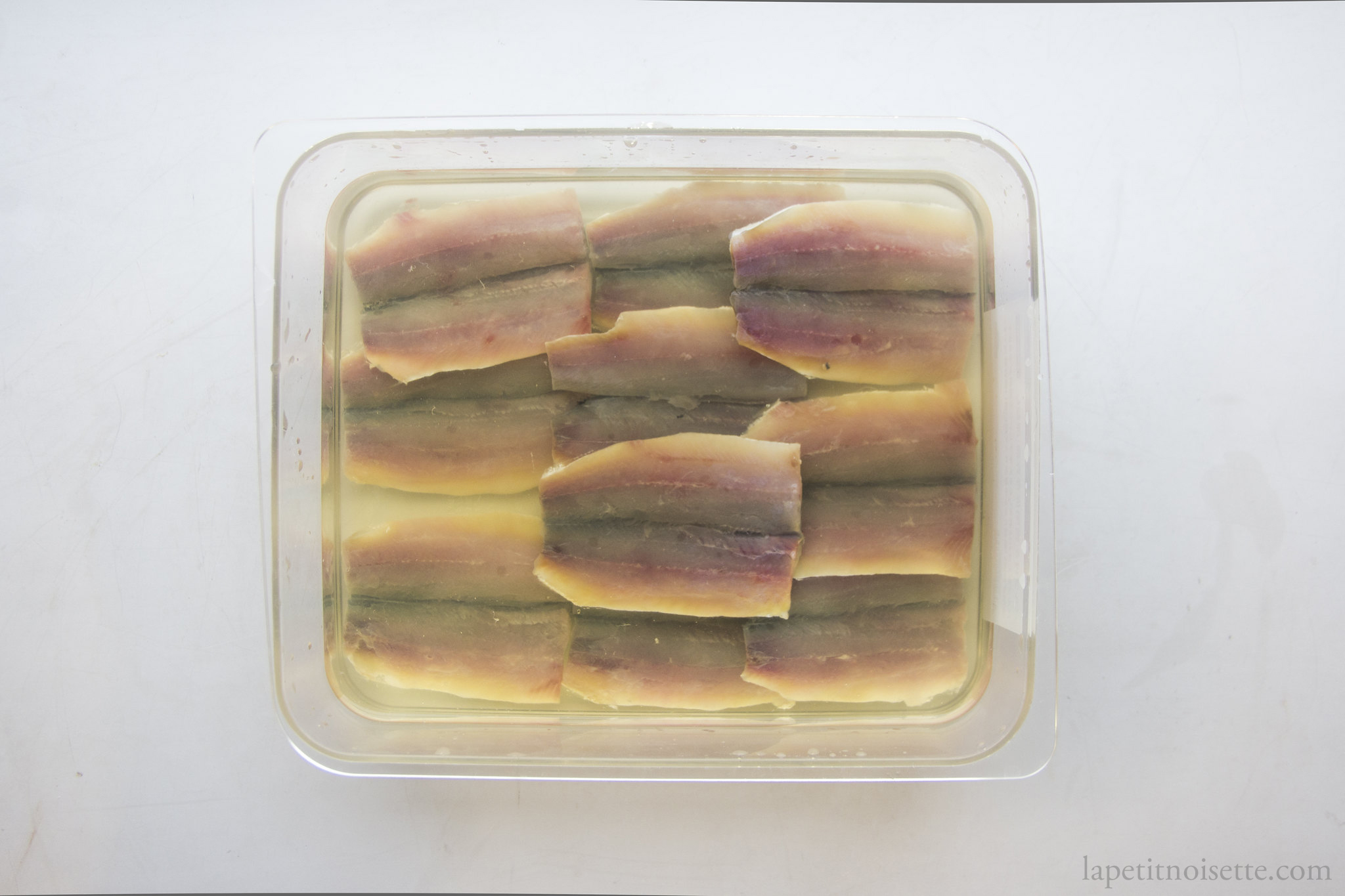
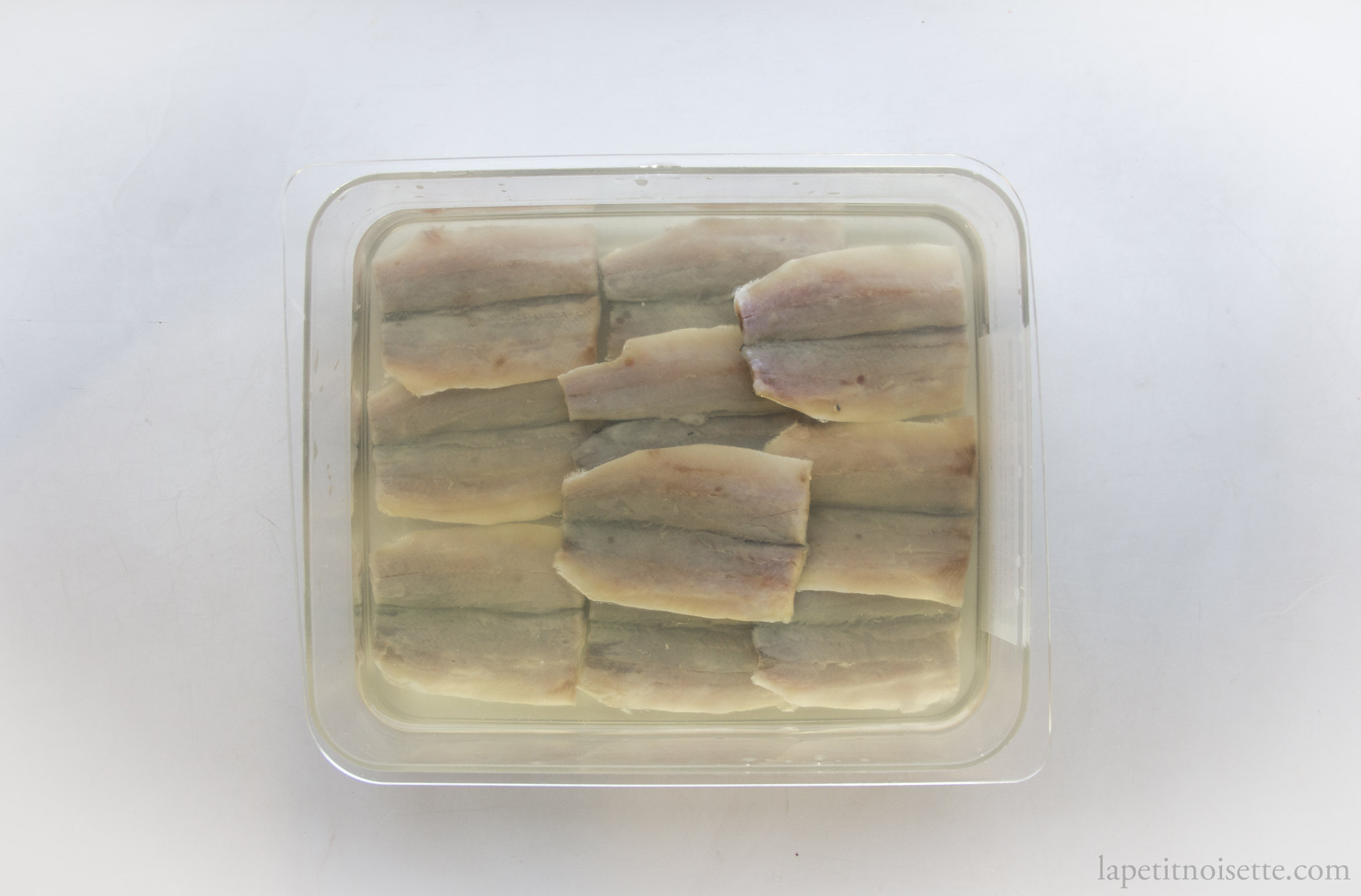
As you let the fish rest overnight, the vinegar is able to fully penetrate the fish in the same way you allow a steak to rest after cooking. If you eat the Kohada without allowing it to rest, it would be too acidic on the outside and raw on the inside without any gradient or balance. For Shinko however, the time required to salt and marinade the Shinko is down to a matter of minutes, thus making it very easy to over marinade.
However, one way to prolong the duration of marination to allow it to occur slower is to dilute the rice vinegar with water. I recommend tasting the Shinko as you marinade it in order to judge it as the small and variable size of Shinko make it impossible to give precise numbers of marination. As it is so thin, it is also not necessary to allow it to rest overnight before the vinegar penetrates the whole fish so it should be ready after around 8 to 10 hours (again just an estimate).
